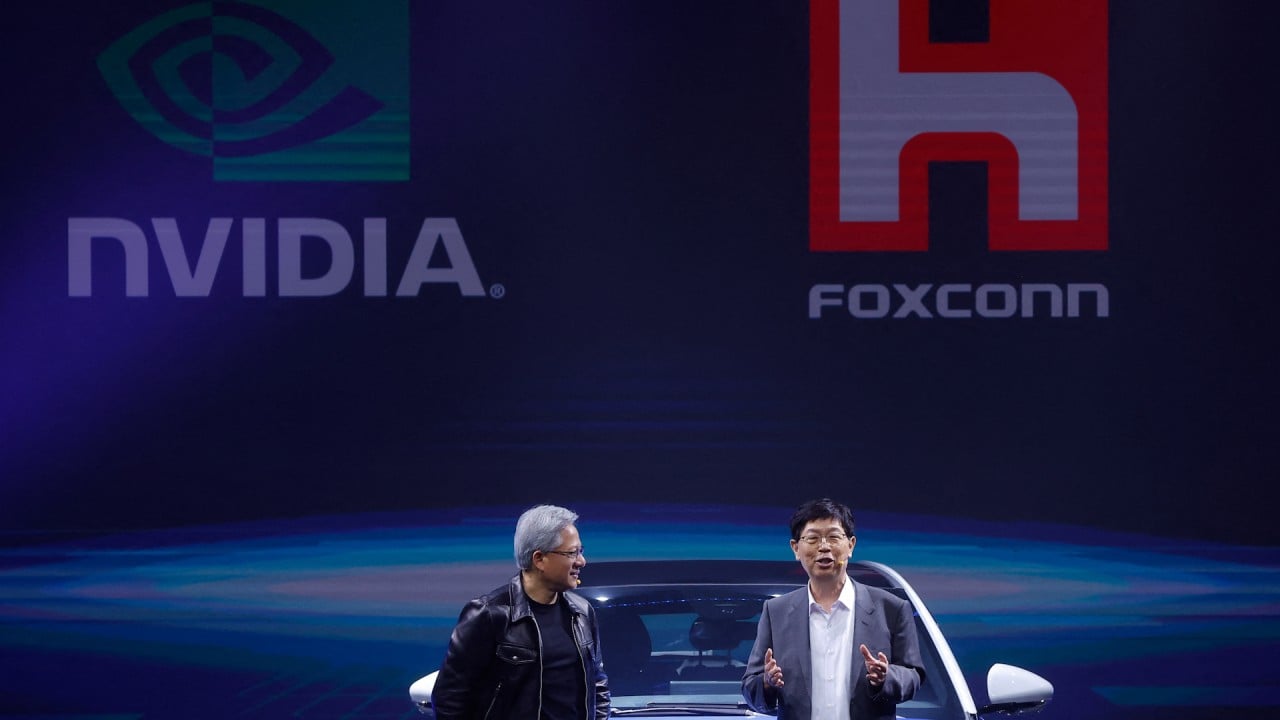
AI boom echoes the dotcom bubble, but not in the way you think
- After the dotcom bubble burst, a glut of infrastructure looked like a mistake, but it laid the foundation for the internet’s eventual growth
- Today’s AI investments may lower the cost of computing power and provide the basis for future breakthroughs, even if they precede a market correction
These figures aren’t just investments; they are bets on a future where AI underpins every facet of our lives. Yet, as history shows, the timing of value capture in technological innovations is notoriously uncertain.
The dotcom bubble of the late 1990s is often remembered for the dizzying rises and falls, amid sky-high valuations of internet start-ups and a frenzied rush of venture capital investments. However, a critical aspect of this period that is often overshadowed by the spectacular demise of companies like Pets.com and Webvan is the phenomenon of infrastructure oversupply, particularly in the telecommunications sector.
At the time, telecoms titans like Nortel, WorldCom and Cisco were at the forefront of building out internet infrastructure, in anticipation of an explosion of digital activity. Driven by the belief that the internet would radically transform every aspect of our lives, telecoms companies proceeded to collectively raise US$1.6 trillion on Wall Street.
The result? More than 128 million km of fibre optic cable was installed, representing 76 per cent of the total digital wiring base in the United States then, such that broadband capacity would be underused for years.
Regardless, an AI bubble might not be a wholly negative development. Looking back on the aftermath of the burst dotcom bubble, although the overinvestment in fibre optic cable was initially seen as a folly, it actually laid the foundation for the internet’s explosive growth. Similarly, today’s AI investments will lower the cost of computing power and lay the groundwork for future breakthroughs, even if they precede a market correction.
As such, the true capture of value often trails technological advancements, for it emerges from the applications and services built on the infrastructure laid. Giants like Facebook and Netflix epitomise this trend, having amassed vast enterprise value by capitalising on the social networking and streaming landscapes made possible by the underlying internet infrastructure.
It’s a pattern seen throughout tech history: the lasting winners are those who best understand and serve their customers, not necessarily those who built the underlying technology. Tomorrow’s competitive edge will probably rest on mastering distribution and leveraging proprietary data to boost user experience and demand.
Despite the sensational headlines and sky-high valuations, it’s imperative to recognise that we might not be at the peak of AI development. Compared with the dotcom era, when Cisco’s price-to-earnings ratio soared to 201 times, Nvidia’s current ratio of around 65 times suggests that, while enthusiasm is high, we are still in the early stages of AI’s market impact.
Yet, as we navigate the initial exuberance and approach the “trough of disillusionment”, where mismatches between supply and demand become apparent, it’s crucial to maintain a balanced perspective.
The timing of value capture remains elusive, even though the number of S&P 500 companies mentioning AI reached a new high during fourth-quarter conference calls, and artificial intelligence continues to hold promise for technological advancements across domains from healthcare and education to transport and entertainment.
As we stand at this crossroads, it’s essential to understand that the hype surrounding AI could be both a beacon and a warning. Lessons from the past teach us that true innovation will endure, even if it may take time to emerge from the rubble of previous missteps.
Jeffrey Wu is a director at MindWorks Capital, a leading Hong Kong-headquartered venture capital firm specialising in technology investment across Greater China and Southeast Asia



